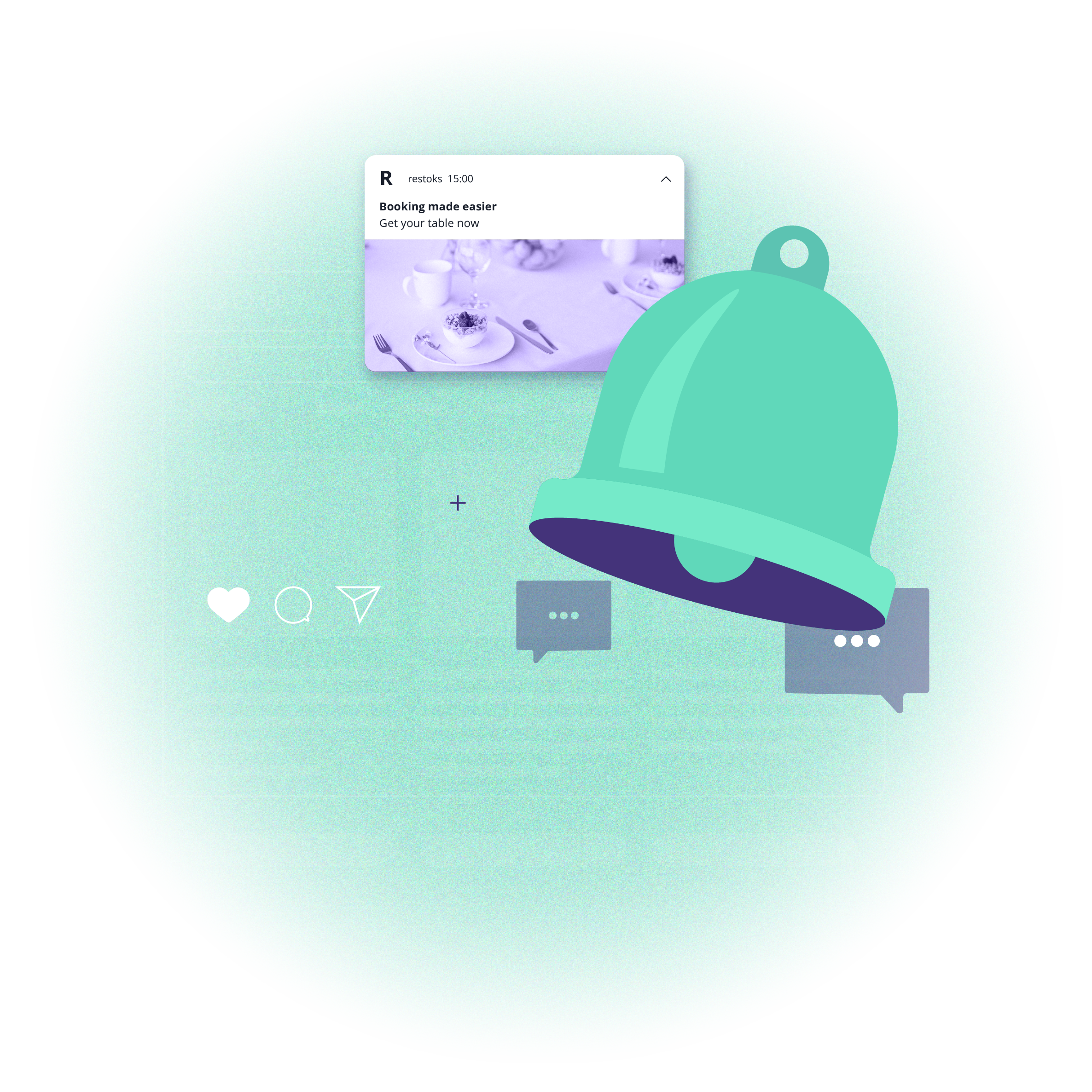Web push notifications in online stores - 4 reliable scenarios you can implement now
 Joanna Worotyńska
Joanna Worotyńska
Marketing automation tools can be intimidating for small and medium-sized online stores. Often, even large companies decide against using them because of concerns about high costs or a complicated implementation process.
If this is the case with your store, some facts might help to persuade you. Messages that are sent in response to a given website user's behaviour gain almost 4 times more clicks than those sent to a mass audience. Secondly, the implementation of personalized automation scenarios based on web push notifications can be very easy with the right tools.
Here are 4 reliable web push automation scenarios that you can implement in less than 30 minutes without the help of a programmer.
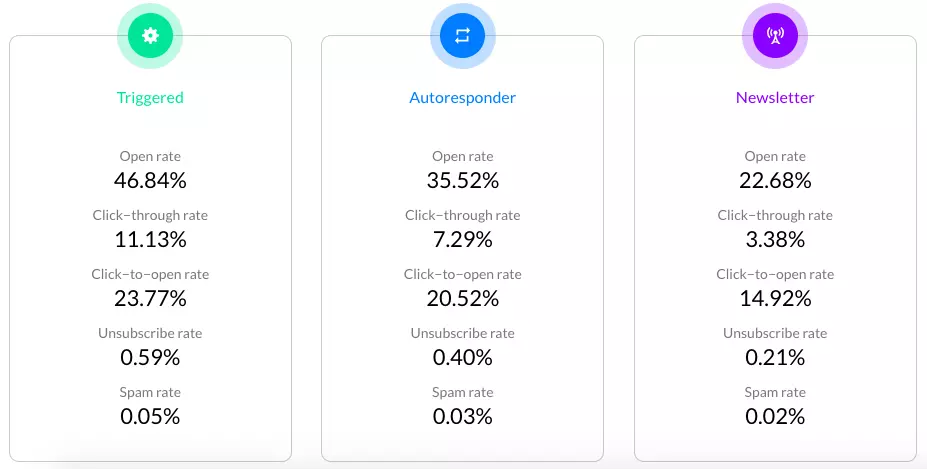
Source: GetResponse, Email Marketing Benchmarks 2018
Scenario #1. Segmentation in web push - How much you know about customer behaviour on your store's website
Thanks to the integration of a platform for sending web push notifications with your website, the automation of campaigns is very simple. This is because the script you paste in the source code of your store also allows you to monitor all the behaviours of customers who visit it. The most important of them are:
typed text - included terms and phrases entered in the store's search engine;
clicks on buttons - for example, "Place order now" or "Home decorations";
visited subpages - like "sale items" or “about us”;
time spent on given subpages, for example, a number of minutes spent on subpage with telephones in a given price range.
To be able to follow these behaviours, professional web push platforms will require neither programming knowledge nor a lot of work. All tagging scenarios can be set up from your account, all you have to do is set up a previously prepared strategy.
You might be wondering what all this information can do for you.
Only by collecting the right data you are able to maximize your chances of sales because this is the best way to send relevant messages to the right people at the right time.
For example, the moment when someone searches for a given product online is when his purchasing intention is most visible. This is your chance to finalize the transaction. This is the best time to act because waiting increases the chances that the client will change his mind or start looking for a similar offer from the competition. Sometimes the impulse to buy can be enhanced by a discount or even a simple reminder about a previously viewed product.
This is why proper segmentation should be at the heart of your marketing efforts. Check what aspects of web push recipient behaviour are worth tracking to create automatic sales campaigns and more.
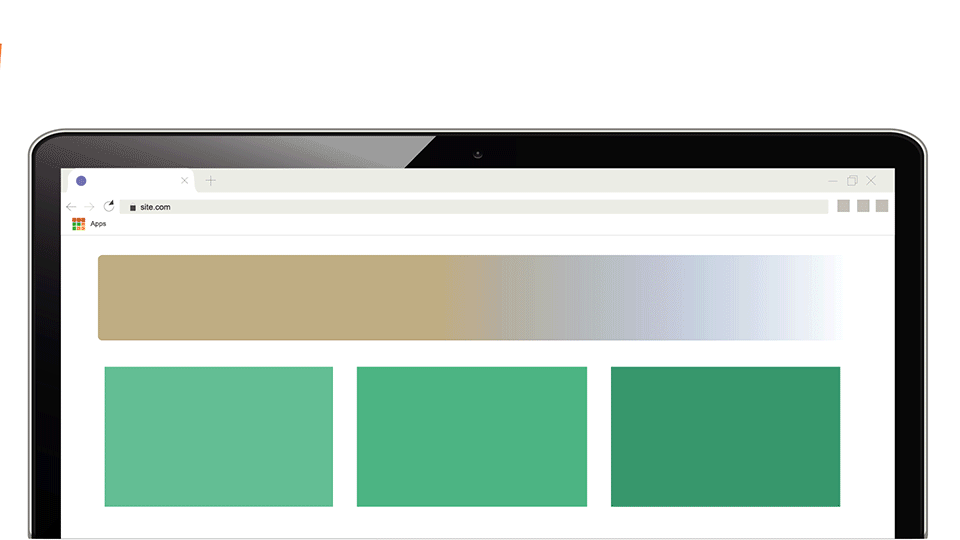
Start collecting web push subscribers already now!
Creating web push segments in online stores
1. Site visitors:
Start by dividing people who visit your website into existing and potential customers. The following characteristics will help you with this:
existing customer → has logged in at least once to an account;
new customer → recently registered;
potential customer → doesn’t have an account, only viewed items.
You can set up a different type of incentive to purchase for each of these groups according to the strategy you chose. For example, you can only offer a small rebate to potential customers. You can offer loyal customers preferential shipping terms for every third purchase.
After some time, you will verify which group is the largest and how their numbers change in relation to the others. Of course, the more returning customers the better.
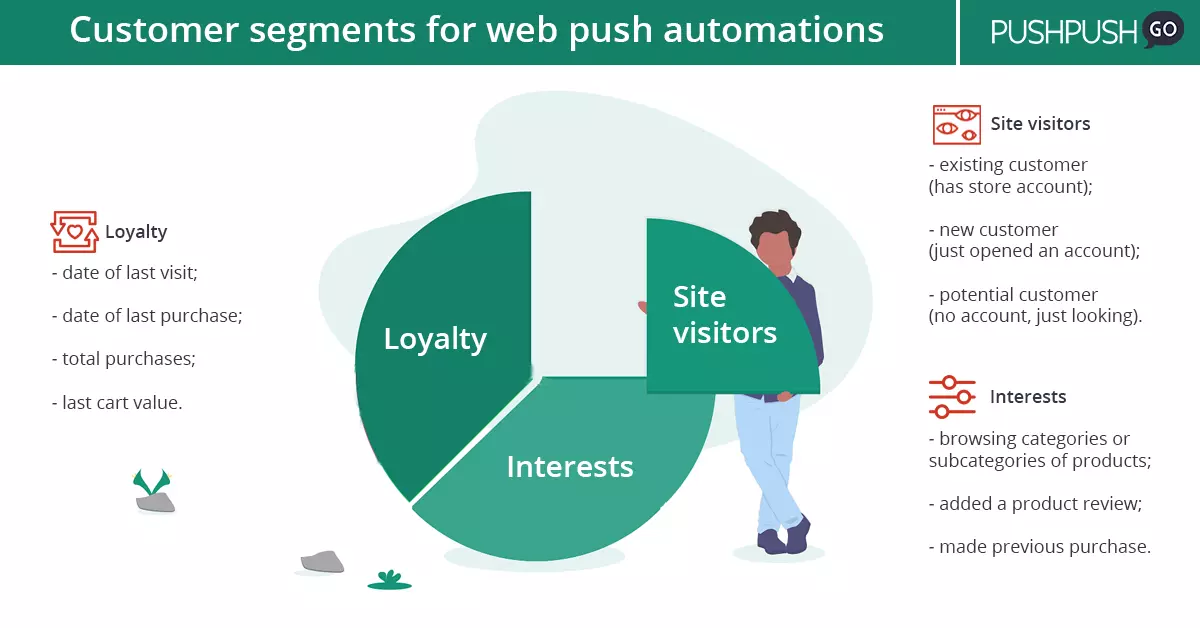
Customer segments for web push automations. Source: PushPushGo
2. Interests:
The basis of your knowledge about the recipients should be data about what products they viewed and when along with which product categories they visit most often. It may be a type of product, like summer dresses, or a specific brand or manufacturer of products.
You will be able to react appropriately if you know what customers are looking for. Their behaviour sends the clues and it’s up to you to understand them. Visiting a page several times but not finalizing the purchase, for example, clearly indicates that the customer is either hesitating over the choice or is uncomfortable with the price. Sometimes even a simple reminder with a picture of what the customer viewed in the notification can be enough to make them buy.
3. Loyalty:
It's obvious that some customers will buy from you again and again and they will enter your store's website on their own. Others, however, will only visit you once.
It’s important to know what sells and how often in your e-commerce. Then you can easily determine if there is something that customers are constantly looking for - that is, there is a chance that their loyalty does not have to be stimulated or it is one of their first visits and it is worth encouraging their shopping habits.
Scenario #2. Saving abandoned carts
Baymard Institute, an international research institution, calculated the portion of online carts that are abandoned every year in online stores around the world. Currently, it is around 70%. This means that the potential of a huge number of conversions that had a chance for completion was wasted.
Of course, there are a few reasons for this situation are very few and you have influence over many of them. The most common reasons for the abandonment of the basket, according to the Baymard Institute, include:
hidden shipping costs or additional taxes - which eventually increase the price of the product being viewed;
forcing customers to set up an account;
an overly complicated ordering process.
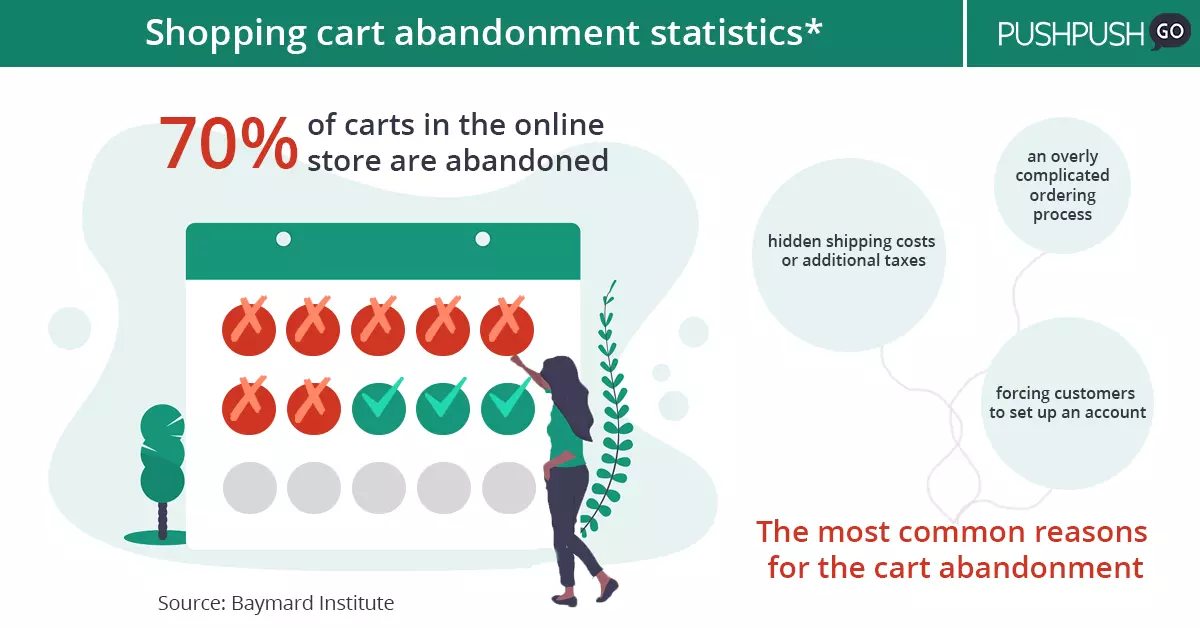
Shopping cart abandonment statistics. Source: Baymard Institute
But what about situations that you can not influence? There are a number of distractors that can occur in the shopping process. Simple things like getting a phone call can make the customer forget about returning to an online cart or cause them to complete the transaction later. Interruptions beyond your control can derail conversions. That is why it is so important to use the shopping impulse when it is the strongest in the awareness of the potential customer.
Thanks to web push notifications that you only have to configure once, you get another chance to finalize more orders with minimal demands on your time and engagement.
Learn more about abandoned carts recovery.
Saving abandoned carts using web push
Based on the pages visited by the recipient and clicks on various buttons, you are able to track whether a transaction has actually taken place or not.
For example, if a given customer has already clicked the “Place order" button, the last step in the path of his activity should be displaying a thank-you page after the purchase. The platform that sends web push notifications is able to monitor the display of various subpages at the end of each visit.
If the subscriber did not view a thank-you page before leaving the website, it should be immediately marked with the "abandoned" tag, which will be updated at each visit based on whether or not a purchase takes place. Thanks to this, you will be able to easily monitor whether, for example, some customers abandon shopping carts in the expectation of an additional discount.
In addition, according to the strategy you choose, you can send an automatic web push notification after a given time from the abandonment of the cart. By integrating an xml file with your products, notifications can even contain a dynamically generated image of the abandoned product.
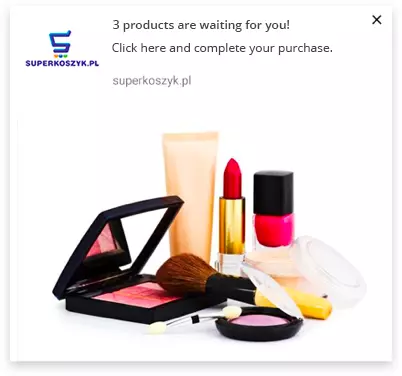
An example of web push notification after the cart abandonment. Source: SuperKoszyk
Of course, you don’t always have to include a dedicated discount or discount code for free shipping. For new customers, it will be safer to just remind them about abandoned products and redirect them back to the abandoned cart.
You can use discount codes, for example, only for regular and loyal customers who have already completed many purchases. There is a higher chance that something has interrupted their purchase and they are not simply waiting for a discount.
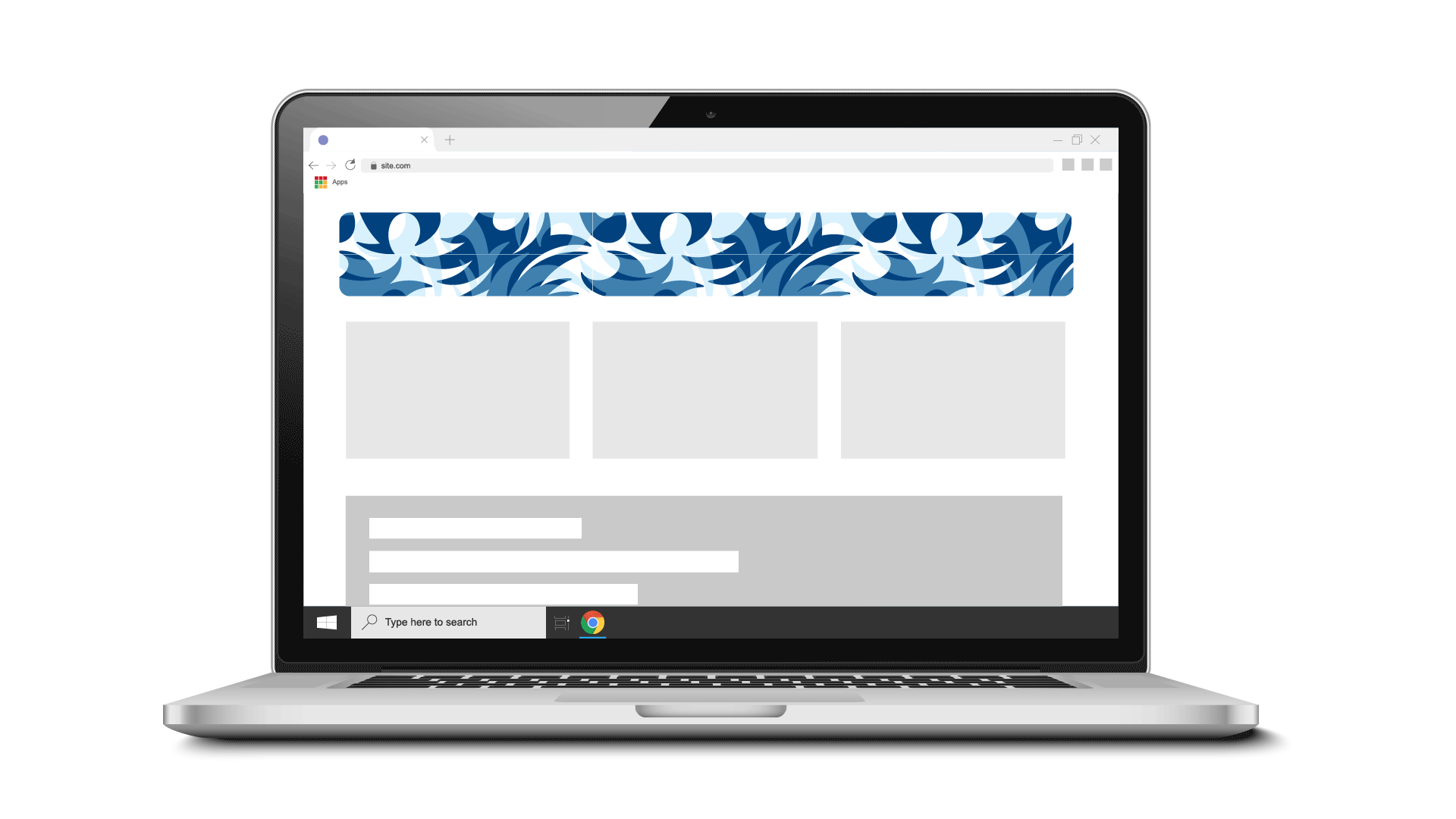
Decrease number of abandoned carts in your store! Start testing web push now!
Scenario #3. Increasing return visits to your online store
Are you able to answer immediately how many customers haven’t visited your site for several weeks, months or even years? What do you usually do to get them to come back?
The huge benefit of building your own web push database is that when the recipient subscribes to notifications, you are able to communicate with him even if he hasn’t returned to your eCommerce website. Your notification will appear on the screen of his computer or phone whenever you specify it.
How to increase return rates using web push notifications
All you have to do is set an automatic scenario that will track the dates of the last visit to your site by each recipient. People who regularly return to the store can be tagged as, for example, "returning" and added to a segment that receives dedicated offers.
All subscribers who have not been on your site for a predefined amount of time will receive a notification when that period passes. Such a web push notification can also include a photo of the last product they viewed, which will increase the chances that they will remember exactly what they were interested in. In addition, it can refer to the last viewed category or to a specific product subpage.
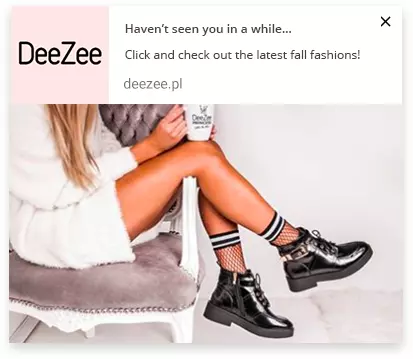
Web push notification to increase the return rate. Source: DeeZee
Scenario #4. Increasing the number of transactions
According to an Episerver report, as many as 17% of respondents admit that purchasing is not always their main goal when they enter the website of a given eCommerce brand. Often the motivation for such visits is, for example, searching for a particular product or an idea to buy or compare the offer of several stores.
Thanks to the use of the automated sending of web push notifications, you can reach out to even those who did not plan to buy anything.
How to increase sales with the help of web push notifications
One such strategy is to set an automatic notification that will be sent to each of the subscribers who will visit the site on a particular day. If you want to promote a specific offer or product, you can set a notification to inform recipients about the current great opportunity. To strengthen the message, you can also put a rebate code in it.
This scenario will also work during the period of increased traffic on the website of your store, such as during Black Friday or the Christmas holidays. Even when customers visit many different sites in the same period, even a small point of contact allows you to follow up and promote your offer.
Improve conversion rate and generate more spontaneous purchases with web push notifications. Start now absolutely for free!
Summary
This is the last part of our web push notifications guide. If you have reached the end of the article, you already know that the scenarios of web push automation are easy to implement and can be very profitable!
See the first part to learn more about how web push notifications work and use them more effectively.

Co-owner & CMO @ PushPushGo
Web push marketing evangelist. Dynamic PR and employer branding enthusiast and communication manager with knowledge and experience of many industries. Fan a new media and online communities.
Try PushPushGo to engage and connect with your audience.
Create an account and start testing!
